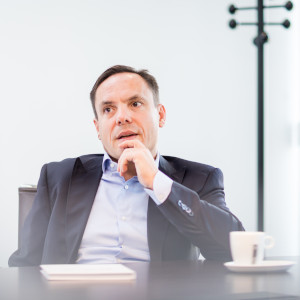"The worldwide COVID-19 crisis – deeply tragic and devastating as it is – allows us to delete some of our hard-wired assumptions, challenge ‘old’ ways of thinking and reset the world in - I hope - a smarter, healthier and more sustainable way."
Stijn Bijnens - CEO Cegeka


